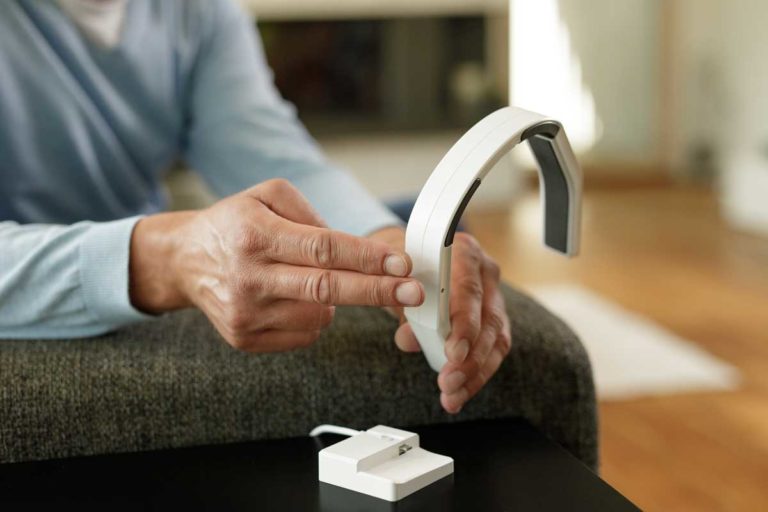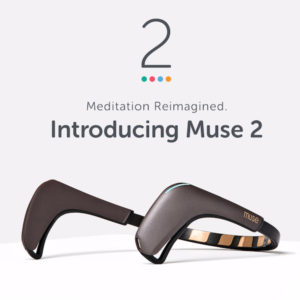Introduction
In the world of alternative therapies and cutting-edge medical treatments, two innovative technologies have gained significant attention: PEMF therapy and tDCS. Both methods hold great potential in addressing various health concerns, but understanding their unique characteristics is crucial to make informed decisions about their usage. In this blog post, we will delve into the world of PEMF therapy, explore its benefits, and differentiate it from tDCS, shedding light on their individual merits.
What is PEMF Therapy?
PEMF therapy, which stands for Pulsed Electromagnetic Field therapy, involves the application of electromagnetic fields to the body to stimulate cellular repair and promote overall well-being. The primary objective is to harness the body’s natural ability to heal itself by enhancing cellular function and communication. By delivering pulsating electromagnetic waves at specific frequencies and intensities, PEMF therapy aims to restore balance within the body and optimize its healing processes.
Understanding tDCS
Transcranial Direct Current Stimulation (tDCS) is a non-invasive brain stimulation technique that involves the application of low-intensity electrical currents to specific regions of the brain. By modulating neuronal activity, tDCS aims to enhance cognitive function, alleviate mental health disorders, and even facilitate neuroplasticity. Unlike PEMF therapy, which can target the body as a whole (using a PEMF mat), tDCS focuses specifically on stimulating brain activity.
Differentiating PEMF Therapy and tDCS
Treatment Targets
- PEMF Therapy: PEMF therapy can target the entire body or can be localized to a specific region, aiming to improve overall health and well-being. It has been widely used for pain management, promoting bone healing, improving sleep quality, and enhancing cellular regeneration.
- tDCS: On the other hand, tDCS is primarily focused on stimulating specific regions of the brain. It has shown promising results in treating depression, anxiety, addiction, and enhancing cognitive functions such as memory and attention.
Method of Application
- PEMF Therapy: PEMF therapy involves the use of specialized devices that emit electromagnetic fields. These devices can be applied directly to the body or positioned near the affected area for targeted treatment.
- tDCS: tDCS requires the placement of electrodes on specific scalp areas to deliver low-intensity electrical currents directly to the brain. The electrodes are typically secured using headgear or a cap.
Mechanism of Action
- PEMF Therapy Mechanism of Action: The electromagnetic fields used in PEMF therapy penetrate the body and stimulate cellular activity. This stimulation enhances blood circulation, oxygenation, and nutrient delivery to cells, promoting healing and optimizing cellular function.
- tDCS Mechanism of Action: tDCS involves the application of weak electrical currents that modulate neuronal excitability. This stimulation alters the resting membrane potential of neurons, thereby influencing their firing patterns and promoting changes in brain activity.
Research and Clinical Applications
- PEMF Therapy: Extensive research supports the efficacy of PEMF therapy for various conditions, including chronic pain, osteoarthritis, and sleep disorders. However, more research is needed to establish its effectiveness in treating other ailments.
- tDCS: tDCS has been widely studied and shows promise in treating depression, anxiety disorders, and cognitive impairments. Its potential for enhancing learning, memory, and motor functions is being explored extensively.
Conclusion
PEMF therapy and tDCS are two distinct treatment modalities with unique aims and mechanisms. While PEMF therapy focuses on promoting overall well-being by targeting the entire body, tDCS aims to enhance brain function and treat specific mental health conditions. Both approaches have shown promising results in research and clinical settings, but their applications vary based on individual needs.
Understanding the differences between PEMF therapy and tDCS is crucial for individuals seeking alternative therapies. By recognizing their specific targets, application methods, mechanisms of action, and areas of research, individuals can make informed decisions about which treatment aligns best with their needs.
Remember, before considering any alternative therapy, it is essential to consult with a healthcare professional or qualified practitioner to ensure it is suitable for your specific condition. The field of alternative medicine is continually evolving, and ongoing research may provide further insights into the benefits and applications of both PEMF therapy and tDCS.




